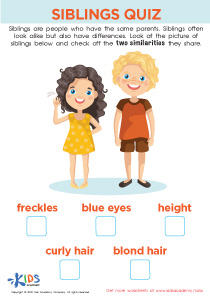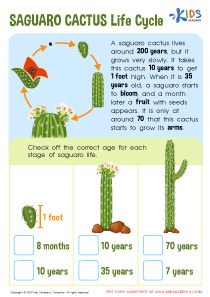Reading thermometers Normal Science Worksheets
3 filtered results
-
From - To
Unlock your child’s potential with our "Reading Thermometers Normal Science Worksheets" from Kids Academy! Our fun and engaging worksheets make learning to read thermometers easy and exciting. Suitable for young learners, these activities are designed to develop essential science skills through hands-on practice. With colorful illustrations and simple instructions, students will quickly learn to read temperature scales and understand the significance of measurements. Perfect for home or classroom use, our worksheets will boost confidence and comprehension in everyday science concepts. Start your child’s journey to mastering thermometer reading today with Kids Academy's expertly crafted resources!
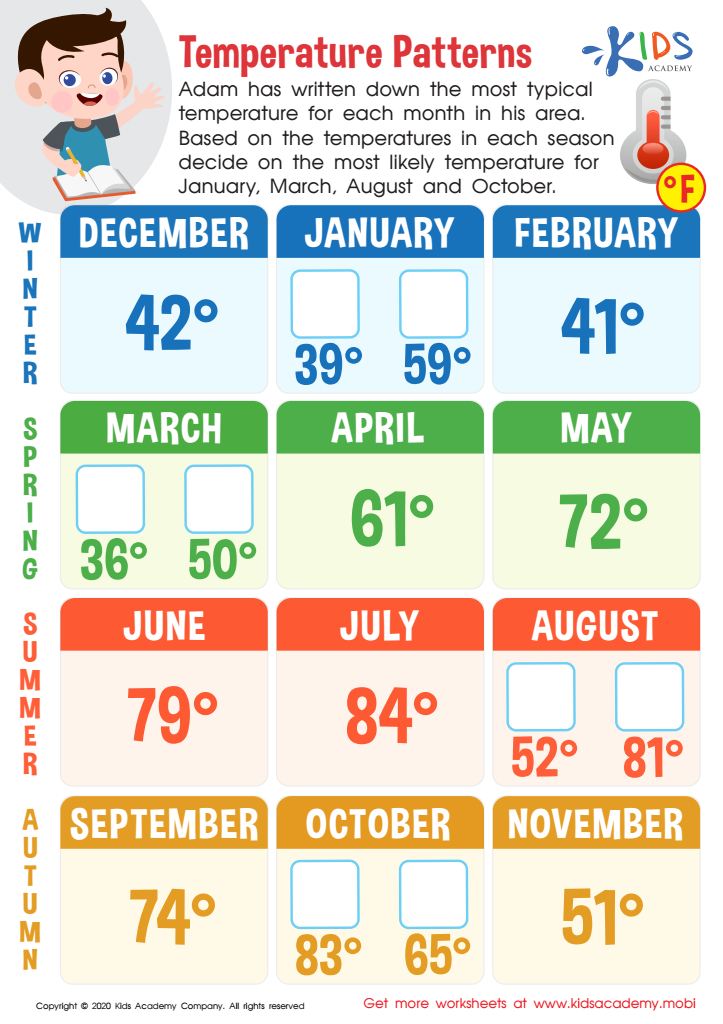

Temperature Patterns Worksheet
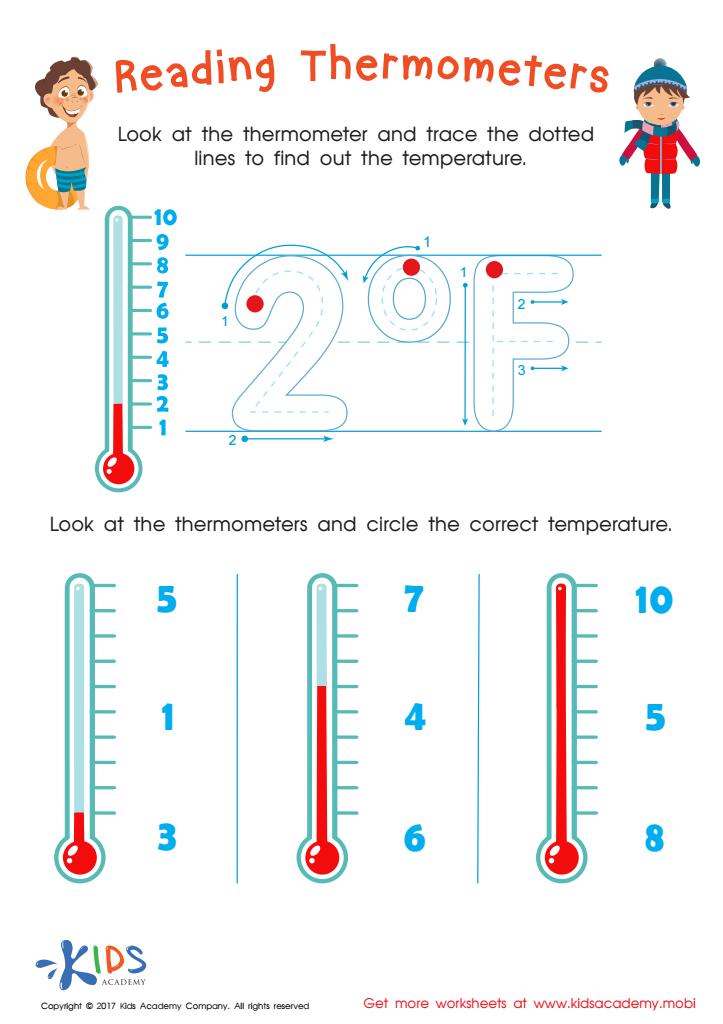

Reading Thermometers Printable
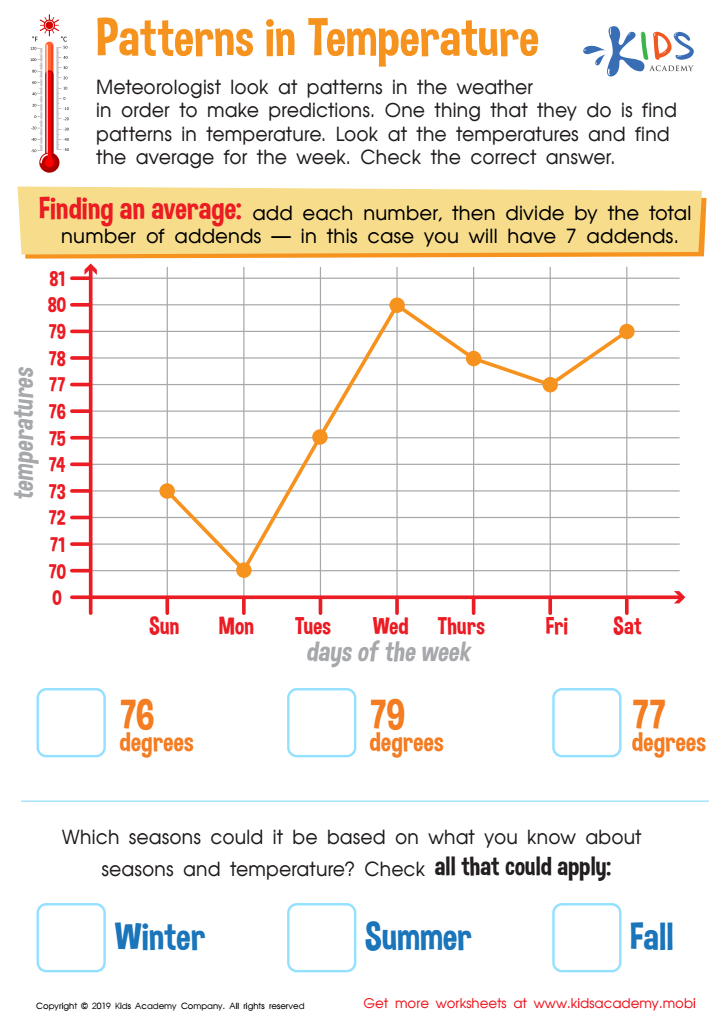

Patterns in Temperature Worksheet
Parents and teachers should care about reading thermometers because it forms the basis for important life skills and scientific literacy. Understanding how to read a thermometer teaches children to interpret and analyze data, which is fundamental to making informed decisions regarding health and safety. For example, knowing when to wear a jacket, stay hydrated on hot days, or recognize signs of a fever are practical applications of this skill.
Incorporating thermometer reading into early science education fosters curiosity about the natural world. This practice engages students in observational learning, where they gain firsthand experience with measuring temperature—an integral part of weather studies, cooking, body health, and various scientific experiments. Introducing these concepts early helps develop critical thinking and problem-solving skills.
Moreover, understanding normal temperature ranges, such as what constitutes a normal body temperature (around 37°C or 98.6°F), lays the groundwork for more advanced topics in biology and environmental science. This understanding can also contribute to community health by making children more responsive to temperature changes linked to illnesses or environmental conditions. By caring about and investing in these early lessons, parents and teachers help create independent, knowledgeable, and health-conscious individuals prepared for future scientific challenges.

 Assign to My Students
Assign to My Students











